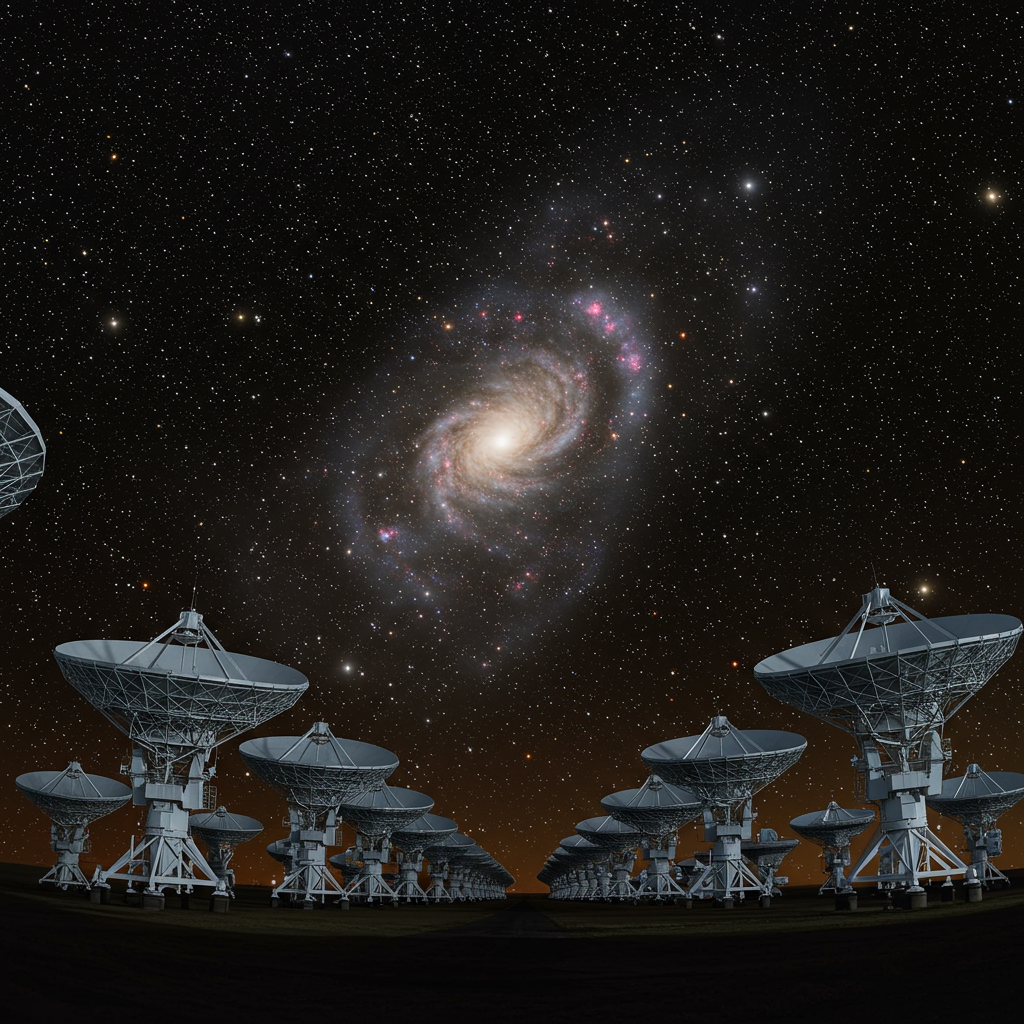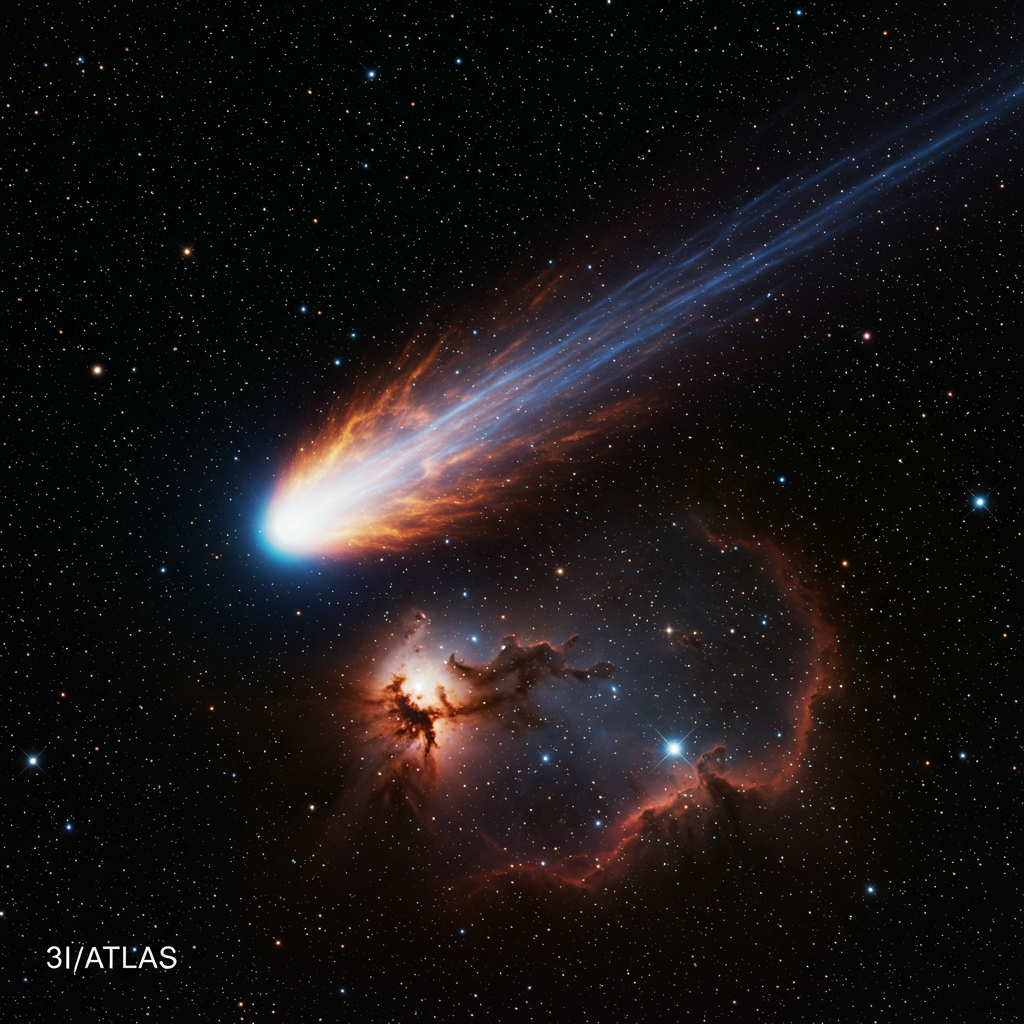Mystery from the Ice: Strange Radio Signals Deep Under Antarctica
For nearly two decades, an enduring scientific enigma has puzzled physicists: strange radio signals detected seemingly emanating from deep beneath the vast Antarctic ice sheet. This baffling phenomenon, first recorded high above the continent, challenges current understandings of particle physics and the mysterious world of subatomic particles.
The initial discovery was made by the Antarctic Impulsive Transient Antenna (ANITA) experiment. Designed to detect radio emissions produced when ultra-high-energy cosmic rays interact with ice, this balloon-borne instrument floats tens of miles above Antarctica, offering a unique vantage point.
But in 2006, ANITA picked up something unexpected: a brief pulse of radio waves that appeared to be coming up from under the ice, not down from the cosmos. This unusual event looked like an ‘upside-down shower’ of particles, propagating upwards through the ice and rock below. A similar detection was made in 2014, leaving scientists scratching their heads.
A Signal Out of Place
What makes these signals so strange? According to astrophysicist Stephanie Wissel of Pennsylvania State University, the radio waves were detected arriving at extremely steep angles – around 30 degrees below the surface of the ice. For a signal to reach ANITA from beneath the surface at such an angle, it would have had to travel through potentially thousands of kilometers of solid rock and ice.
Under standard physics, radio waves or particles causing them should be significantly absorbed or scattered by such a vast amount of matter. Yet, these mysterious pulses were detected loud and clear, defying conventional expectations.
Ruling Out the Obvious: Not Neutrinos?
Initially, scientists considered whether the signals could be generated by high-energy tau neutrinos. These elusive ‘ghost particles’ are known for their ability to pass through vast amounts of matter with very little interaction. It was hypothesized that a neutrino originating from a distant cosmic event, like a supernova, might tunnel through the entire Earth and interact just before emerging from the Antarctic ice, producing the observed radio pulse.
However, this explanation faced significant challenges:
The timing didn’t always match. While the 2014 signal coincided with a potential supernova, no such event was found for the 2006 detection.
The steep angle complicated things further. A neutrino traveling through the Earth’s core and crust before interacting at a shallow depth under the ice is difficult to reconcile with the rarity of neutrino interactions. As Wissel notes, detecting a neutrino implies it traveled without interacting for an immense distance.
To definitively test the neutrino hypothesis, researchers undertook a rigorous study. They analyzed data from the Pierre Auger Observatory in Argentina, a major facility focused on high-energy cosmic rays, and also cross-referenced findings with the IceCube Experiment, another detector located in Antarctica. They conducted simulations to see how the ANITA events would appear in these other datasets.
The result? Nothing. Neither Pierre Auger nor IceCube detected corresponding events that could explain the ANITA signals. This lack of corroboration, while seemingly negative, was a crucial scientific finding. It allowed scientists to confidently rule out standard neutrinos as the source of the mysterious upward pulses.
An Unexplained Anomaly: Physics Beyond the Standard Model?
With neutrinos ruled out, the source of the strange radio signals remains a profound mystery. Scientists are now exploring alternative explanations, some of which venture into the realm of physics beyond the established Standard Model.
Possibilities being considered include:
The interaction of entirely new, unknown particles.
Phenomena related to dark matter, the invisible substance thought to make up a large portion of the universe.
- Unusual and not-yet-understood radio wave propagation effects occurring specifically in the extreme environment near the Antarctic ice and horizon.
- www.sciencealert.com
- www.dailymail.co.uk
- timesofindia.indiatimes.com
- www.techexplorist.com
- m.economictimes.com
While theoretical explanations are being explored, none have yet fully accounted for the observed phenomena, particularly the steep angle of detection from beneath the surface. The anomaly presents a significant challenge to our current understanding of fundamental particles and their interactions.
The Search Continues
The ANITA experiment is now retired, having completed its last flight in 2016. However, the quest to understand these mysterious signals is far from over. A successor experiment, the Payload for Ultrahigh Energy Observations (PUEO), is slated to begin operations soon.
PUEO is designed with improved sensitivity, expected to detect even fainter signals and potentially uncover more such anomalies. Scientists hope that with more data from PUEO, they might finally gather enough clues to unravel this long-standing mystery from beneath the ice. While the possibility of detecting typical neutrinos with PUEO is exciting in itself, discovering the true origin of the strange upward-propagating signals would be a breakthrough of potentially groundbreaking significance, perhaps hinting at new physics waiting to be discovered deep under Antarctica.




